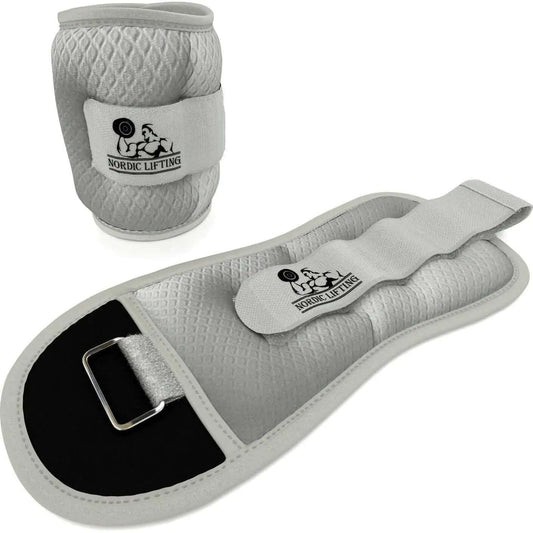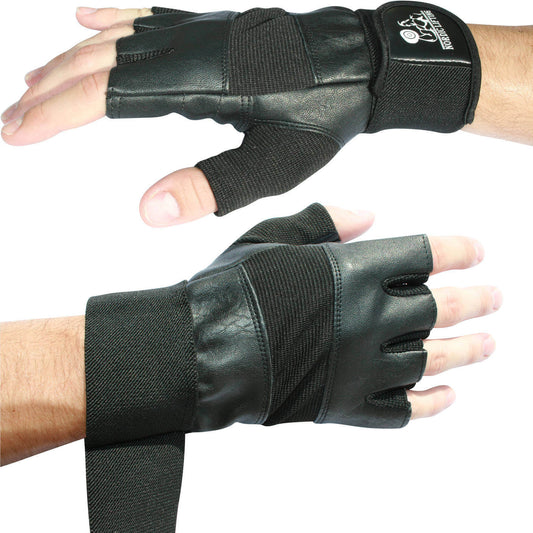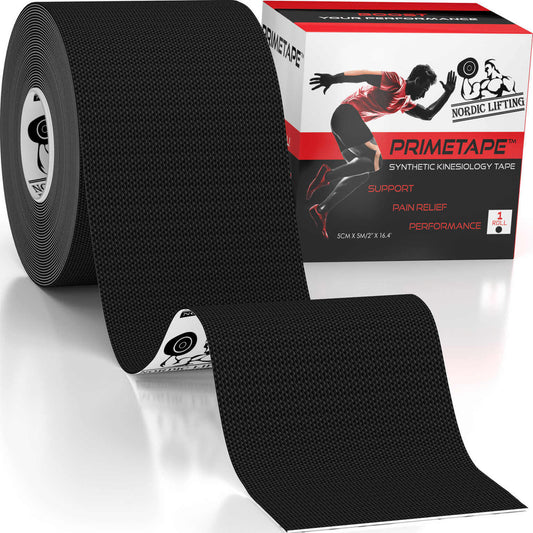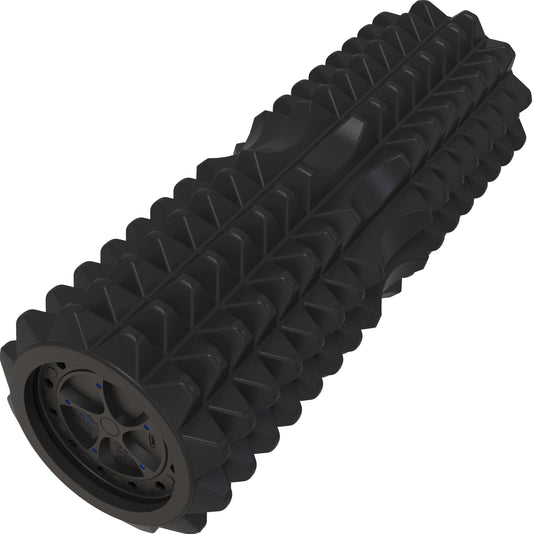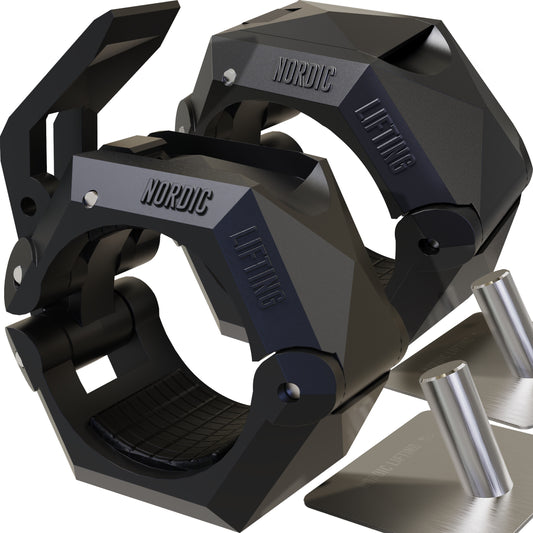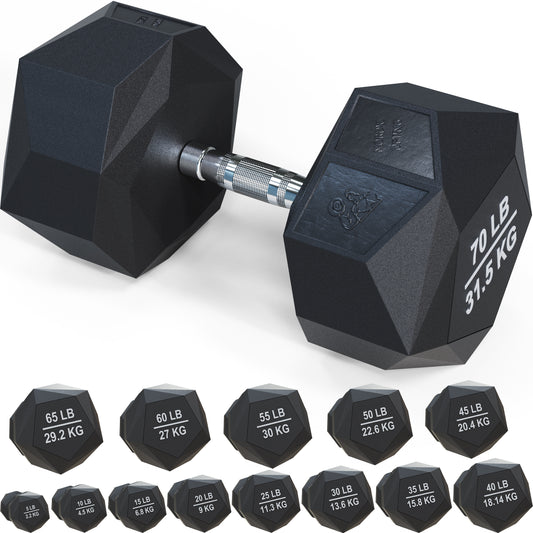Choosing the right weightlifting shoes can make a significant difference in performance and safety during workouts. Finding shoes that provide the right support, grip, and stability is essential for any lifter, especially beginners. The right pair can enhance lifting techniques, reduce injuries, and improve overall strength training.
Weightlifting shoes come with unique features designed for optimal performance. Many models include a raised heel that allows for proper squat depth, while others offer durable outsoles for better traction. For those just starting, understanding how to choose weightlifting shoes based on factors like fit and function is crucial.
In this guide, readers will learn about the best weightlifting shoes on the market, the key features to look for, and the best options for beginners. Discover which shoes will provide the grip needed for safe lifting and how to make a smart purchase that suits any training style.
Key Takeaways
- The right weightlifting shoes enhance performance and safety.
- Key features include heel height, grip, and overall support.
- Beginners should focus on fit and functionality to choose wisely.

Selecting the Right Weightlifting Shoes
Choosing the right weightlifting shoes can significantly impact performance. Key factors include shoe features, fit and comfort, and suitable options for beginners. This guide focuses on what to consider when selecting the best weightlifting shoes.
Understanding Shoe Features
When choosing weightlifting shoes, consider the essential features that enhance performance.
-
Heel Height: Shoes typically have a heel height ranging from 0.5 to 1 inch. A higher heel aids in maintaining proper form during squats and deadlifts by improving ankle mobility and stability.
-
Stability: A flat sole provides a solid base for lifting. This design helps maintain balance during heavy lifts.
-
Toe Box: A wider toe box can accommodate individuals with wider feet, ensuring a secure fit and enhancing comfort throughout the workout.
-
Breathability: Materials that allow airflow can help keep the feet cool and dry, making workouts more enjoyable.
Assessing Fit and Comfort
Fit and comfort are crucial when selecting weightlifting shoes.
-
Secure Fit: Shoes should fit snugly without being too tight. This helps stabilize the foot and prevents movement inside the shoe during lifts.
-
Foot Type: Individuals with wide feet should look for shoes designed specifically for a wider fit. There are also options for those with narrow feet, ensuring everyone can find a suitable shoe.
-
Ankle Mobility: Proper ankle mobility is important for movement efficiency. A well-fitted shoe allows for natural ankle movement while providing the necessary support.
Trying on different styles can help identify the most comfortable fit.
Footwear for Beginners
Beginners need reliable options that don’t break the bank.
For those starting out, here are some choices:
-
Best Weightlifting Shoes for Beginners: Look for affordable models that still offer essential features like stability and a secure fit.
-
Budget Options: Many brands offer budget weightlifting shoes without sacrificing quality. These can be an excellent starting point for those new to weightlifting.
-
Focus on Versatility: Some weightlifting shoes are suitable for various exercises, such as squats and Olympic lifts. These versatile options are ideal for beginners who may not yet have a specific focus.
By selecting the right features, ensuring a good fit, and considering beginner-friendly options, lifters can improve their performance and safety during workouts.
Key Design Elements
When selecting weightlifting shoes, design elements play a crucial role in performance and comfort. Key features include the heel construction and height, as well as the materials used in making the shoes. These factors contribute to stability, grip, and injury prevention.
Heel Construction and Height
The heel is one of the most important design elements in weightlifting shoes. An elevated heel improves squat depth and posture. It allows for a better heel-to-toe drop, which aids in maintaining balance during lifts.
Materials and Construction
The choice of materials heavily influences the shoe's performance and comfort. A rubber outsole offers excellent grip, preventing slips during heavy lifts. Shoes designed with breathable mesh help with ventilation, reducing sweat during workouts.
Performance and Functionality
When selecting weightlifting shoes, performance and functionality are crucial factors that impact lifting efficiency. Key features like grip and stability enhance support during various lifts. Additionally, versatility allows the shoes to adapt to different training styles.
Grip and Stability for Lifts
A solid grip is essential for weightlifting shoes. It ensures that the athlete remains stable during lifts like the barbell back squat and snatches. Shoes designed for lifting often feature a flat, non-slip sole. This design helps maintain contact with the floor, permitting optimal force transfer.
Stability is equally important. Shoes with a strong structure provide the necessary ankle support. This is especially true for powerlifting and Olympic lifts, where stability can determine success. A stable base decreases the risk of injury while enhancing performance. For those looking for affordable options, options such as the best budget weightlifting shoes still offer essential grip and stability features.
Versatility in Training
Versatility is a significant consideration for athletes engaging in strength training and cross-training. Many weightlifting shoes can accommodate various workout styles, including CrossFit. They should perform well not just during traditional weightlifting but also for dynamic movements.
Athletes benefit from shoes that offer both the support needed for heavy lifts and adaptability for lower body exercises. This allows them to transition between lifting and other activities without needing multiple pairs. Lightweight models can double as effective cross-training shoes, making them valuable for those who engage in running or circuit training. Compatibility with various activities ensures that users maximize their training routines effectively.
Technical Advantages for Lifters
Choosing the right weightlifting shoes can significantly impact lifting performance. These shoes provide essential support for various exercises, ensuring safety and optimizing results during workouts.
Benefits of Appropriate Shoes
Weightlifting shoes offer several key benefits that enhance a lifter's performance. They typically feature an elevated heel, which helps lifters achieve a more upright torso position during squats. This position allows for better hip flexion and makes it easier to reach squat depth.
The anatomical toe box provides ample space for the toes, promoting comfort and stability. The use of energy foam in some models adds cushioning, absorbing impact during heavy lifts. A secure fit is ensured by midfoot straps, which prevent the foot from sliding during lifts. This security is vital for maintaining balance and control.
Accessory Exercises and Shoe Suitability
Weightlifting shoes are not only for primary lifts but also for accessory exercises. Activities like lunges and presses benefit from the shoe's stable base, which aids in maintaining proper form. The correct footwear allows a lifter to focus on technique without unnecessary movement.
A good outsole grip is crucial, especially on gym surfaces. Quality shoes prevent slipping, ensuring safety during intense workouts. Lifters who invest in shoes designed for their specific needs. By selecting appropriate shoes, lifters can maximize their training effectiveness and physical gains.
Frequently Asked Questions
When considering weightlifting shoes, various factors play a role in making the best choice. Specific benefits are tied to certain lifts, and understanding the differences between shoe types can guide selection. Here are some common questions that arise when choosing the right weightlifting shoes.
What factors should you consider when selecting shoes for weightlifting?
Key factors include fit, heel height, sole stiffness, and materials. A snug fit ensures stability, while a higher heel can improve squat depth. The sole should be firm to provide support during heavy lifts.
What benefits do weightlifting shoes provide for squats and deadlifts?
Weightlifting shoes offer enhanced stability, which is critical for maintaining proper form. The elevated heel helps with depth in squats, allowing for better mechanics. Additionally, a solid sole ensures power transfer from the lifter to the ground.
How do dedicated weightlifting shoes differ from regular training shoes?
Dedicated weightlifting shoes typically have a raised heel and a firmer sole compared to regular training shoes. This design promotes better posture and lifting efficiency. Regular training shoes may not offer the same level of support and stability due to their softer soles.
Can you use weightlifting shoes for other forms of training, like cardio?
Weightlifting shoes are not ideal for cardio. Their design focuses on stability for lifts rather than cushioning for impact. Using them for cardio may lead to discomfort and reduced performance in those activities.
How often should you replace your weightlifting shoes for optimal performance?
Weightlifting shoes should generally be replaced every 6 to 12 months, depending on usage. Regular inspections for wear and tear can help identify when it’s time for a new pair. Proper maintenance can extend their life but should not replace the need for timely replacements.







